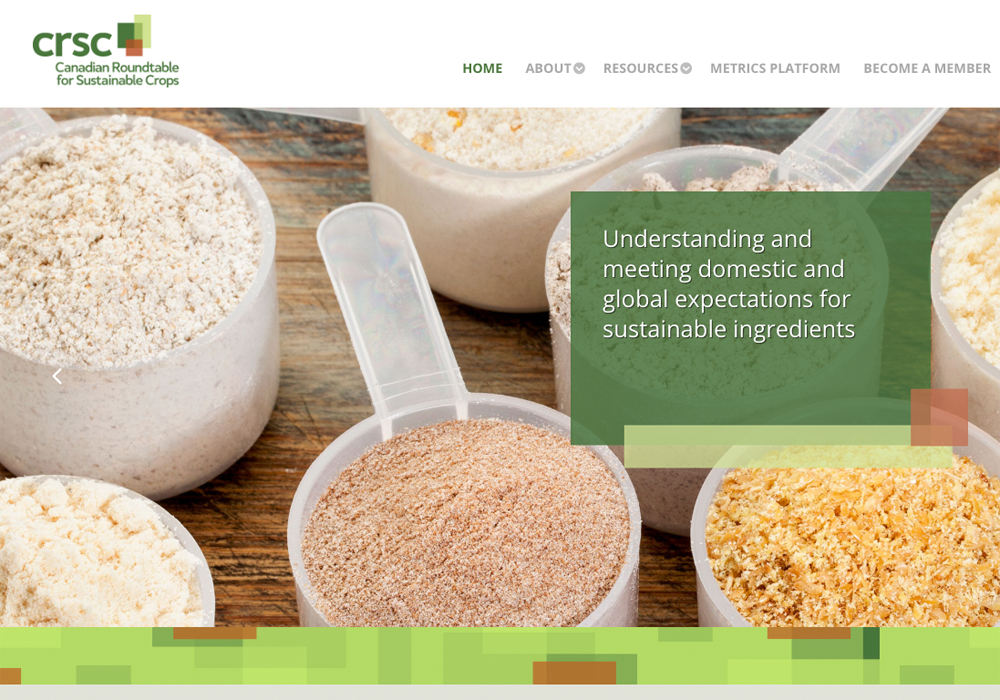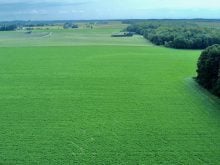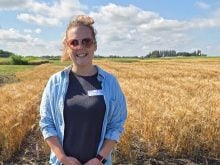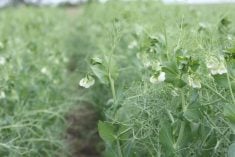Work has begun on a new code of practice that will advise farmers on how to produce crops in a sustainable and market-friendly manner.
Cam Dahl, the president of Cereals Canada, says the voluntary code will be developed over the next two to three years.
The document will be developed by the Canadian Roundtable for Sustainable Crops (CRSC) and is intended to address sustainability concerns that are being raised more frequently by Canada’s trading partners, as well as consumers at home and abroad.
“We’re going to take about 2 1/2 years to finalize the code of practice and the bulk of that time is really going to be required for consultation with the industry and with (Canadian) farmers,” said Dahl, who also chairs the CRSC steering committee.
Read Also

Using artificial intelligence in agriculture starts with the right data
Good data is critical as the agriculture sector increasingly adopts new AI technology to drive efficiency, sustainability and trust across all levels of the value chain.
“What happens on the farm really does matter in the marketplace, whether that’s here in Canada or internationally, and that connection is getting shorter and shorter all the time.”
Recently, the focus on sustainable farm practices has become heightened in Canada and abroad.
Consumers are demanding more information about how food is produced and foreign grain buyers are seeking assurances that Canadian farmers are using practices that meet the expectations of processors and shoppers abroad.
Having a document in place that specifies recommended practices for farmers will help to satisfy those concerns and could be used to help defuse future trade issues that might result in the loss or disruption of key markets for Canadian grains, oilseeds and special crops.
The Canadian livestock industry has already developed similar documents that will serve as a template for the crops industry.
Dahl said the code, when finalized, will probably contain a list of mandatory practices or must do’s — steps that farmers are already required by law to follow — as well as a list of recommended practices or should do’s, which are not required but are deemed beneficial from a sustainability perspective.
Elements of the code will be discussed and adopted by a CRSC code development committee. A scientific advisory group will also provide input and direction.
The code development committee will be chaired by Ted Menzies, an Alberta farmer and former federal MP, who also served as president and chief executive of CropLife Canada.
The development committee will also include five farmers who do not represent any individual commodity group, but who have a vested interest in producing and selling cereal grains, oilseeds and pulses.
Once the code is finalized, individual farmers will not be monitored to ensure compliance, Dahl said.
Nor will there be a certification system that specifies whether individual growers are adhering to the code.
There will, however, be monitoring at the regional and national levels, to determine whether the plan is being adopted.
“From an individual farmer’s perspective, the adoption of the code is going to be voluntary, so there’s not going to be someone coming on to a farm and saying — ‘OK, are you following these practices,’ ” Dahl said.
“But again, at a national and regional level, we will be able to track progress.”
The application of pesticides and pre-harvest herbicides is an example of how responsible farming practices can reduce the likelihood of costly market disruptions.
“Having a code of practice that says — ‘here’s how farmers in Canada carry out their business’ — is something I wish we had in place right now to help deal with trade issues in Peru or in Italy or in Vietnam,” he said.
“It would be very useful to have that kind of information at our fingertips, to provide to customers if they do have questions about farming practices in Canada.”
The code will also document the positive steps that the Canadian crop sector has already taken, he added.
“Because of modern agricultural practices, we’re reducing fuel use, we’re reducing greenhouse gas emissions … we’re sequestering carbon, we’re improving soil health and we’re reducing the potential for soil erosion.
“We have a very good story to tell and this will be a tool to help tell that story.”
















